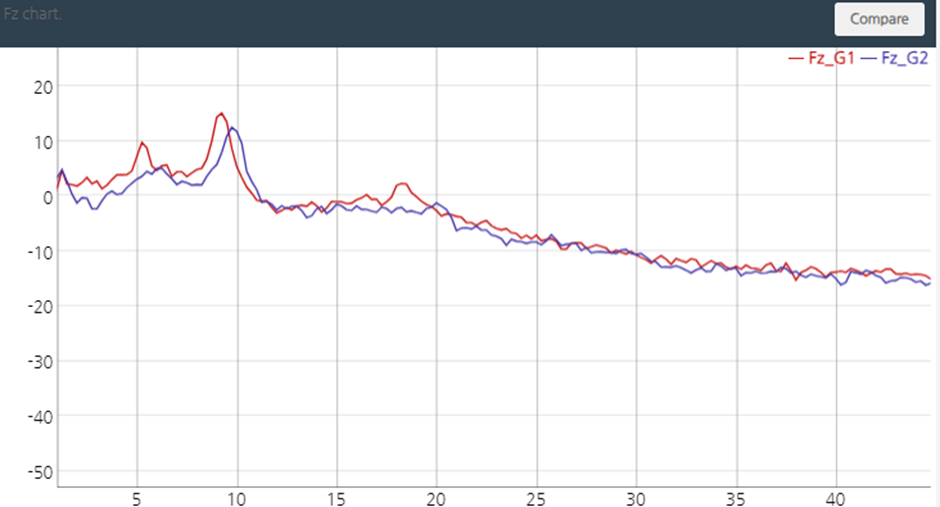Drug addiction tPBM intervention case using unilateral approach
- Dae Keun Kim
- 2024년 9월 10일
- 2분 분량
최종 수정일: 2024년 9월 23일
Chief Complaints : Failure to stop drug addiction for at least 20 years as an adult.
Baseline measurement :
The baseline EEG evaluation identified excesses in the 5 Hz frontal and left temporal areas. Alpha waves are predominantly distributed at 9 Hz.
Interventions : tPBM
https://www.ncbi.nlm.nih.gov/pmc/articles/PMC8382852/ Following Dr Schiffer's description of the duality of the brain in this paper, in the case of opioid addiction, the side with the most anxiety in the lateral gaze is the side with the problem, and in this case, the problem is the right lateral gaze so thus the problem is the left brain, so we use a protocol that stimulates the healthy right side.
This illustration shows how the left/right visual field is passed to the right/left hemisphere, respectively.
Follow up measurement(4 wks)
In the 4-week post-measurement, the 5 Hz in the prefrontal dorsal disappeared and alpha increased to 10 Hz. (The patient did not use drugs during these four weeks of the tPBM intervention!!!).
Baseline and Follow up measurements (4 wks)
Fig. Frontal lobe septal abnormal peak activities and source information of abnormal activities in drug addiction patient (top. pre-intervention, middle. post-intervention, bottom. spectral changes at corresponding locations before and after intervention). At baseline (top), the amplitude of the 5 Hz peak in the orbital gyrus reached 40 uV2, while at follow up (middle) it was significantly weakened to around 2 uV2.
Behavioural changes : Did not use drugs once during the 4-week inervention and got his first job 6 weeks later
Implication of drug intervention : The effectiveness of unilateral tPBM in drug addiction problems is promising, as Dr Schiffer's view is that anxiety is more likely to occur in the right/left lateral gaze, so we adopts an approach that assumes the problem is in the left/right brain and gives tPBM to the healthy right/left brain, and as a result of the tPBM intervention, patients who have been unable to stop using drugs by any means could stop using drugs.







Comentarios